“The following pages I have endeavoured, as far as possible, to make a mirror of the thoughts and feelings that have occupied my mind during a nine months’ residence on the charming shores of North and South Devon”
– A Naturalist’s Rambles on the Devonshire Coast by Philip Henry Gosse
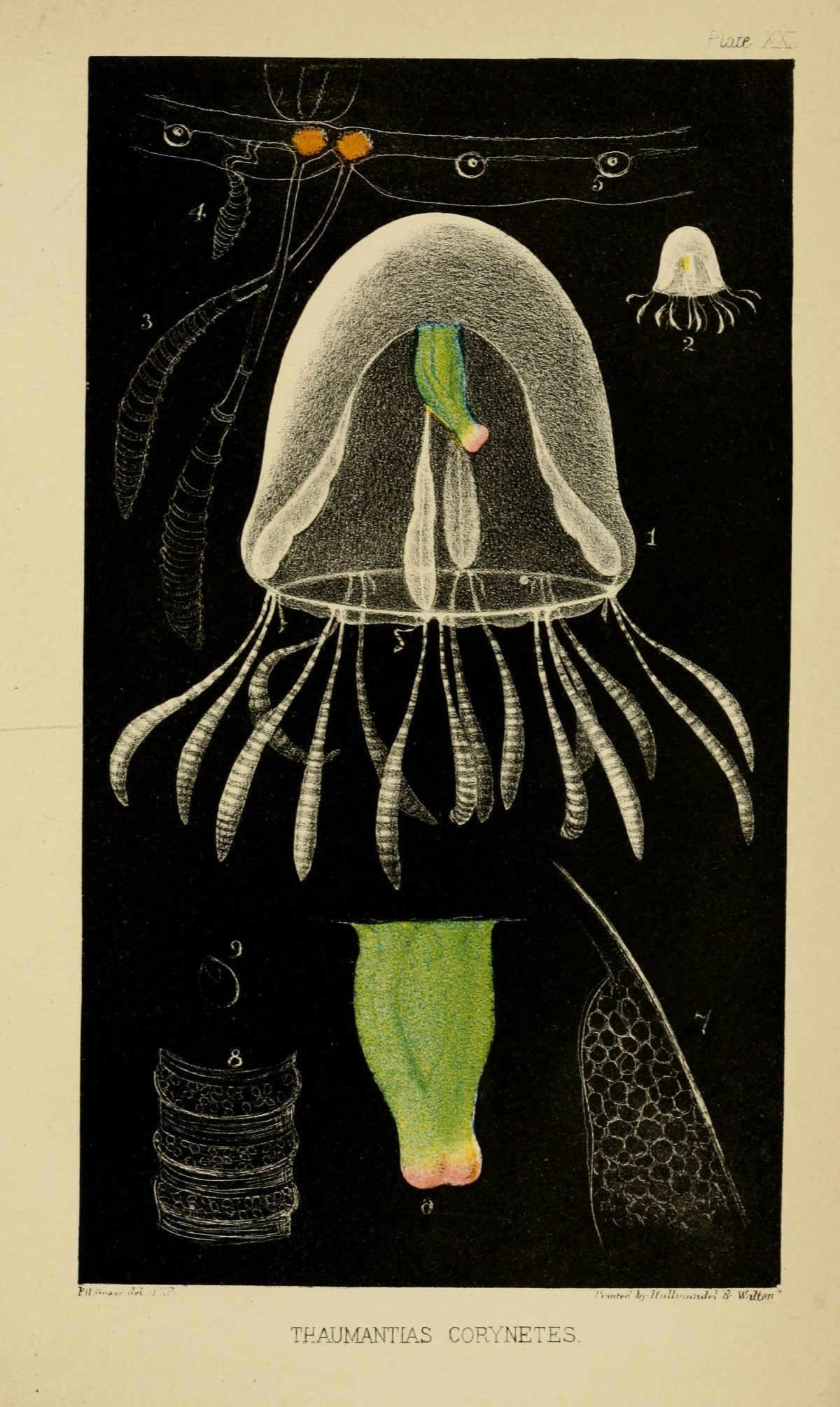
A naturalist’s rambles on the Devonshire coast – London : John Van Voorst, 1853.
These gorgeous illustrations are from a Naturalist’s Rambles on the Devonshire Coast by Philip Henry Gosse, published by Hullmandel & Walton in 1853. Gosse FRS ( 6 April 1810 – 23 August 1888), known to his friends as Henry, was an English naturalist and populariser of natural science, “virtually the inventor of the seawater aquarium, and a painstaking innovator in the study of marine biology”. Gosse created and stocked the first public aquarium at the London Zoo in 1853, and coined the term “aquarium” when he published the first manual, The Aquarium: An Unveiling of the Wonders of the Deep Sea, in 1854. His work was the catalyst for an aquarium craze in early Victorian England.
A prolific writer and well-travelled, Gosse also wrote, among other works: Actinologia Britannica: a History of the British Sea-Anemones and Corals; Birds of Jamaica; The Canadian Naturalist: a series of conversations on the natural history of Lower Canada; and Letters from Alabama (U.S.) Chiefly Relating to Natural History.
In other of his books, Gosse’s religious beliefs are more to the fore. Take, for instance, Sacred streams: The Ancient and Modern History of the Rivers of the Bible; and The Monuments of Ancient Egypt, and Their Relation to the Word of God published under the direction of the Committee of General Literature and Education appointed by the Society for Promoting Christian Knowledge. Founded in 1698 by Thomas Bray, the Society continues to this day.
Gosse, a creationist, was also the author of Omphalos, an attempt to reconcile the geological ages presupposed by Charles Lyell with the biblical account of creation. Fossils, rings in trees and geological strata were not evidence of previous eons and lives, but could be explained by Divine design, all made as part of the singular Creation.
You might not agree with the sentiment, but Gosse was a skilled scientific draughtsman who, able to illustrate his books himself, captivated readers.

The preface to his work is steeped in that stylised Victorian rhythm of being written as consciously historical, an open diary to the self from which future generations can learn. You can imagine his words being read aloud by Conan Doyle’s Dr Watson or any number of Robert Louis Stevenson’s creations.
Also, his illustrations are from the era when Ernst Haeckel was making his illustrated hierarchy of life on Earth, forming lush drawings, watercolors, and sketches of lifeforms “from the highest mountaintops to the deepest ocean”.
Now read on… Gosse wrote his preface in London, dating it March 30th, 1853.
The following pages I have endeavoured, as far as possible, to make a mirror of the thoughts and feelings that have occupied my mind during a nine months’ residence on the charming shores of North and South Devon. There I have been pursuing an occupation which always possesses for me new delight — the study of the curious form and still more curious instincts of animated beings. So interesting, so attractive has the pursuit been, so unexpected in many instances the facts revealed by the research, that I have thought the attempt to convey, with pen and pencil, to others the impressions vividly received by my- self might be a welcome service.
Few, very few, are at all aware of the many strange beautiful, or wondrous objects that are to be found by searching on those shores that every season are crowded by idle pleasure-seekers. Most curious and interesting animals are dwelling within a few yards of your feet, whose lovely forms and hues, exquisitely contrived structures, and amusing instincts, could not fail to attract and charm your attention, if you were once cognizant of them.
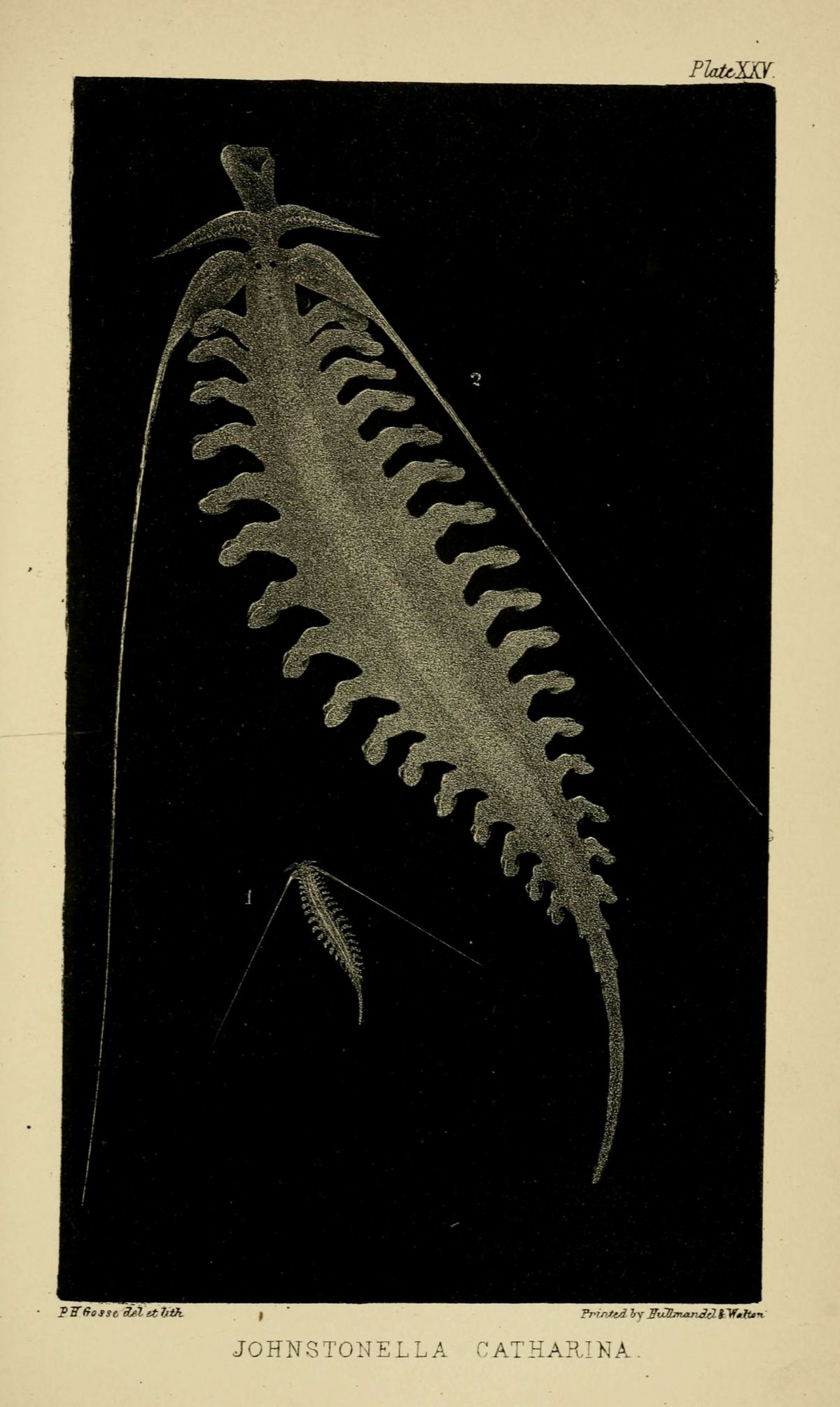
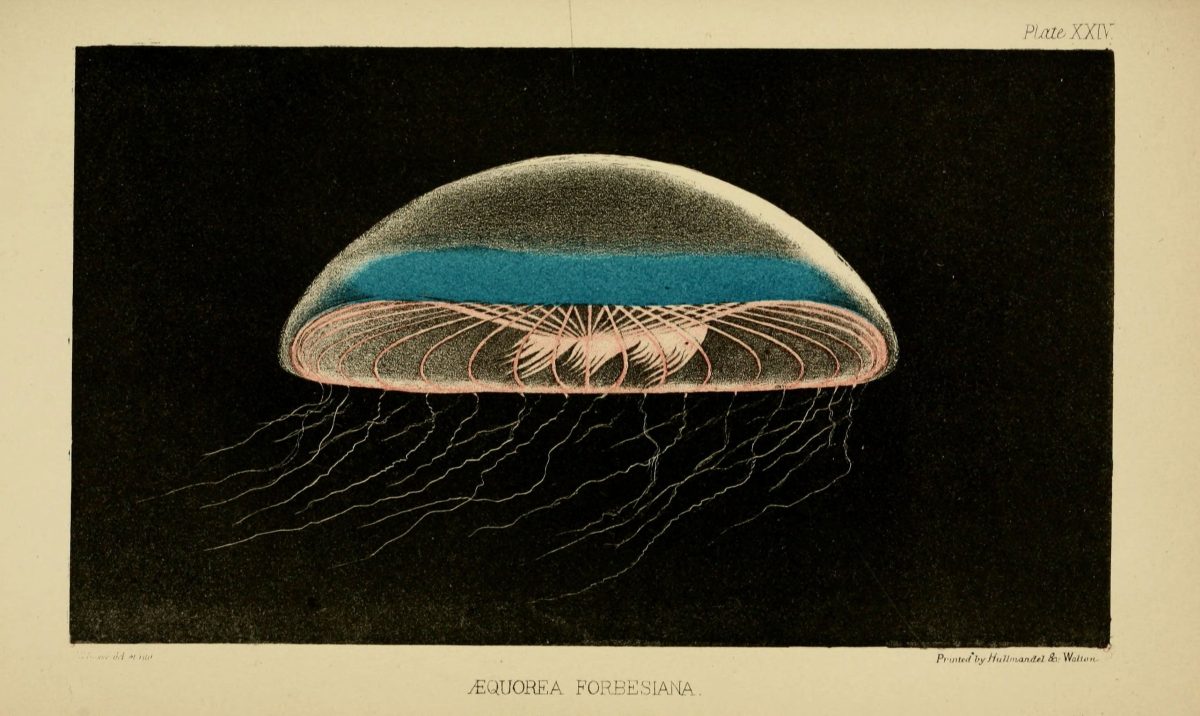
Gosse soon poses a question, which might well be rhetorical: “But who will be our guide to such sources of interest?” He knows just the chap, inviting us in: “Deign to accept these pages as your ‘hand-book’ to the seaside.”
They contain a faithful record of what actually has fallen under an individual’s observation in a single season, and may therefore be assumed to present a fair average of what may be expected again. But I have not made a book of systematic zoology; nor a book of mere zoology of any sort. I venture to ask your companionship, courteous reader, in my Rambles over field and down in the fresh dewy morning; I ask you to listen with me to the carol of the lark, and the hum of the wild bee; I ask you to stand with me at the edge of the precipice and mark the glories of the setting sun; to watch with me the mantling tide as it rolls inward, and roars among the hollow caves; I ask you to share with me the delightful emotions which the contemplation of inbound beauty and beneficence ever calls up in the cultivated mind.
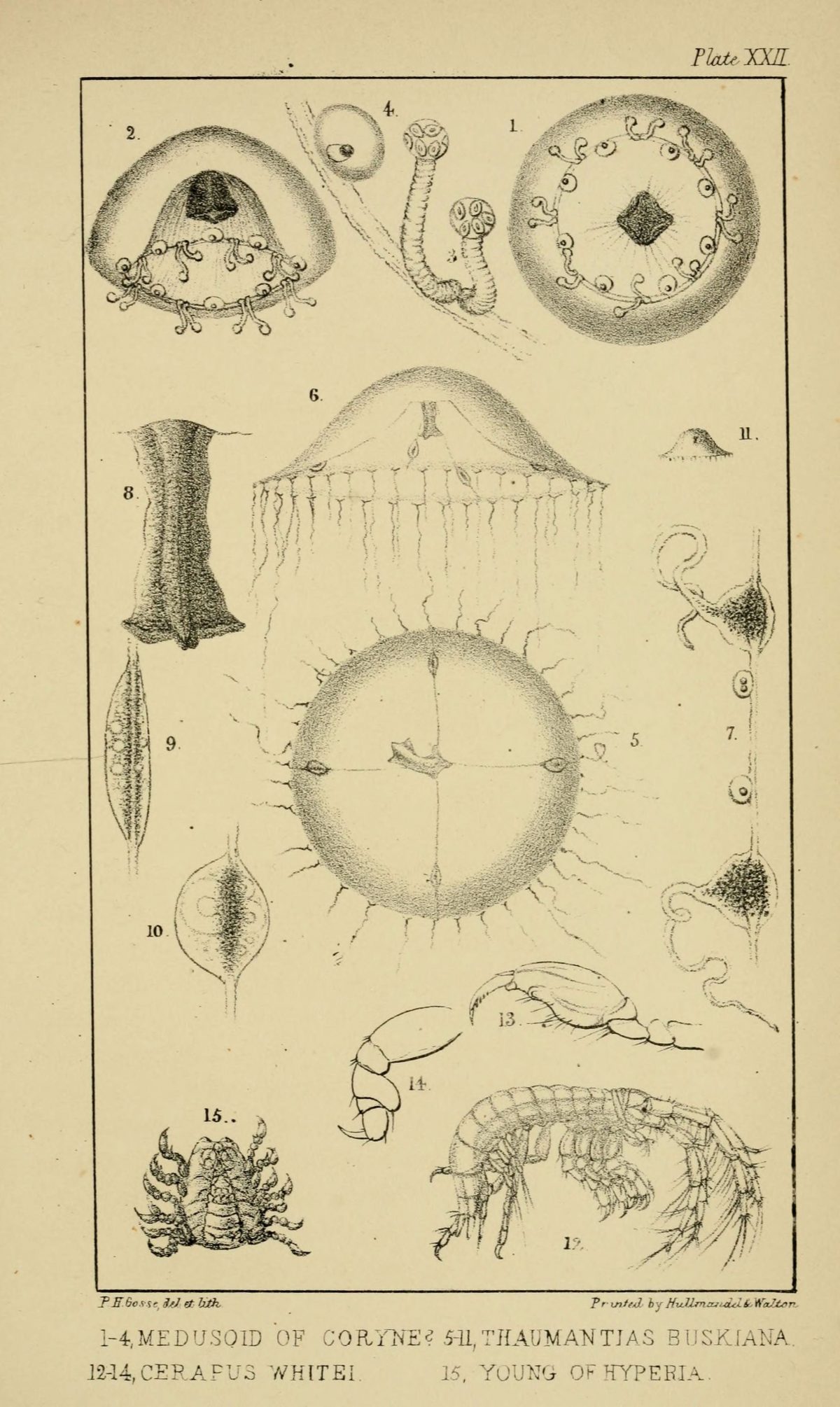

If it should be objected that — to treat of the facts which science reveals to us, in any other manner than that technical measured style, which aims not at conveying any pleasurable emotions beyond the mere acquisition of knowledge, and is therefore satisfied with being coldly correct — is to degrade science below its proper dignity, I would modestly reply that I think otherwise. That the increase of knowledge is in itself a pleasure to a healthy mind is surely true; but is there not in our hearts a chord that thrills in response to the beautiful, the joyous, the perfect in Nature? I aim to convey to my reader, to reflect, as it were, the complacency which is produced in my own mind by the contemplation of the excellence impressed on everything which God has created.
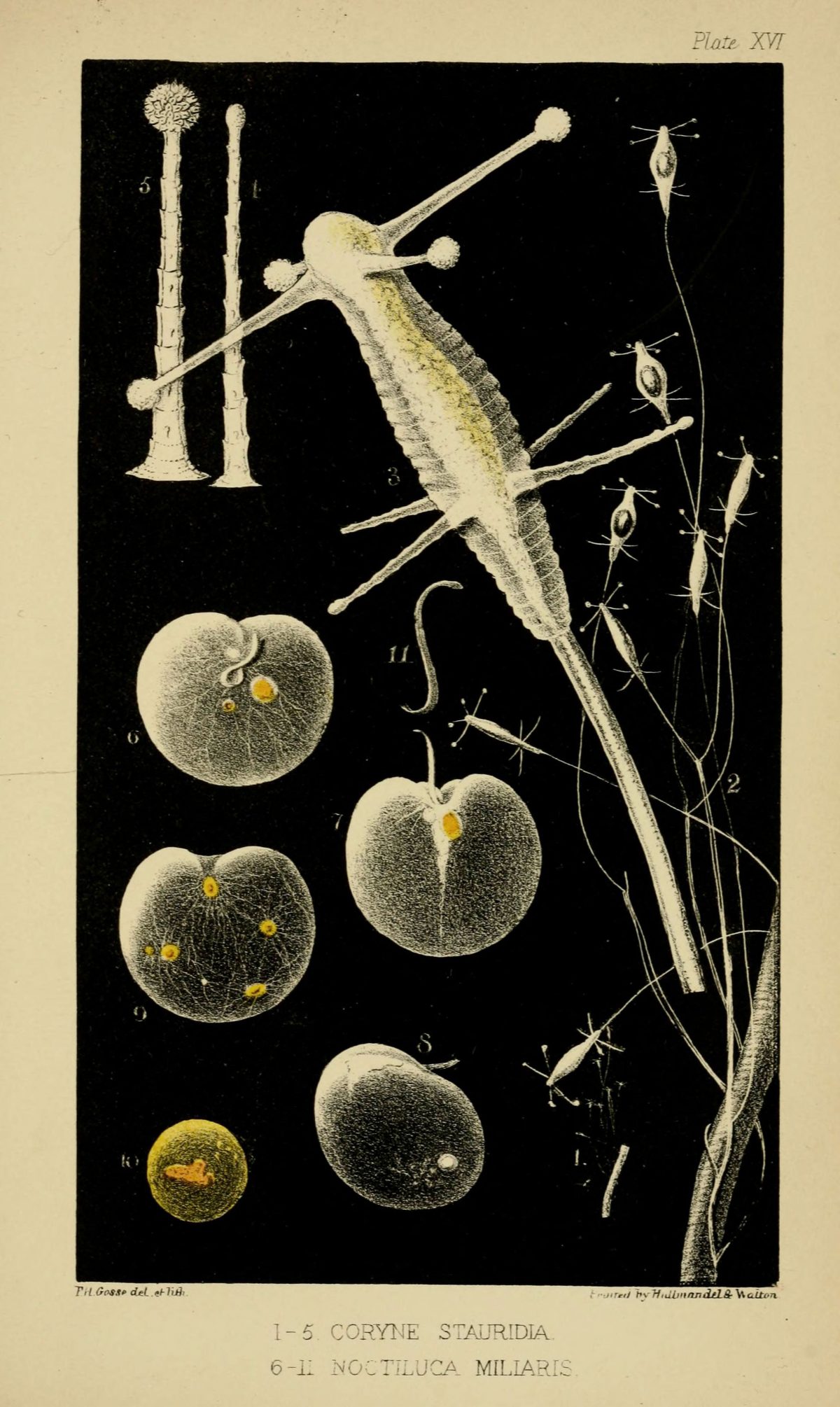
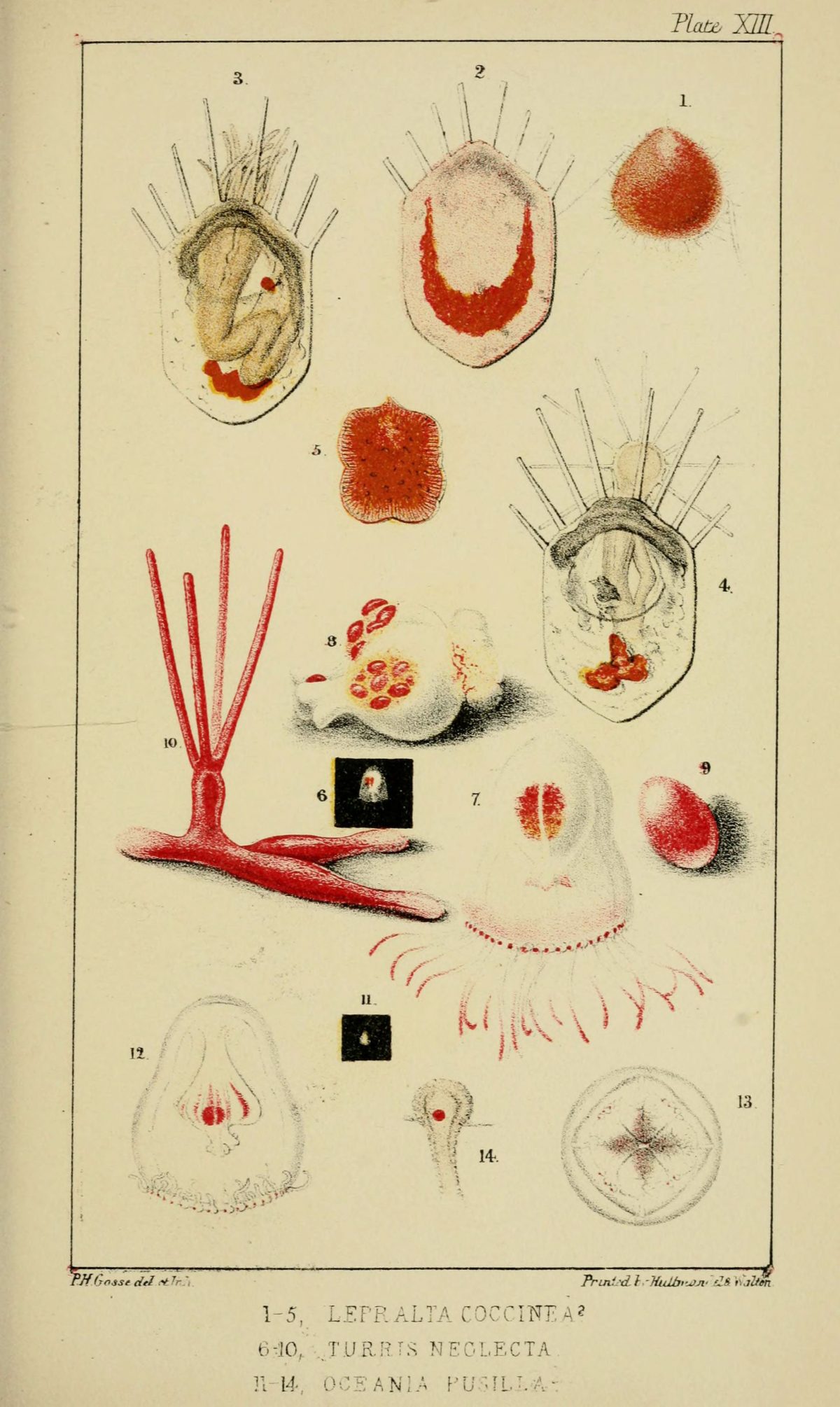
With a professed dedication to accuracy, Gosse, nonetheless, could dream:
Wordsworth has said that man and nature are essentially adapted to each other, and that the mind of man is naturally the mirror of the fairest and most interesting properties of Nature. The same mighty mover of the human heart tells us that “Poetry is the impassioned expression which is the countenance of all Science.” And all that is required to make the remotest discoveries of the Man of Science proper objects of the Poet’s art is familiarity with them, so that ” the relations under which they are contemplated by the student be manifestly and palpably material to us, as enjoying and suffering beings.”
Another eloquent writer thus speaks of the relation existing between Poetry and the Physical Sciences. Such studies lift the mind into the truly sublime of nature. The poet’s dream is the dim reflection of a distant star : the philosopher’s revelation is a strong telescopic examination of its features. One is the mere echo of the remote whisper of nature’s voice in the dim twilight ; the other is the swelling music of the harp of Memnon, awakened by the Sun of truth, newly risen from the night of ignorance.”
And the art?
The plates have been all drawn from living nature, with the greatest attention to accuracy. They are twenty eight in number, of which twelve are printed in colours : they comprise about two hundred and forty figures of animals and their component parts, in many instances drawn with the aid of the microscope.
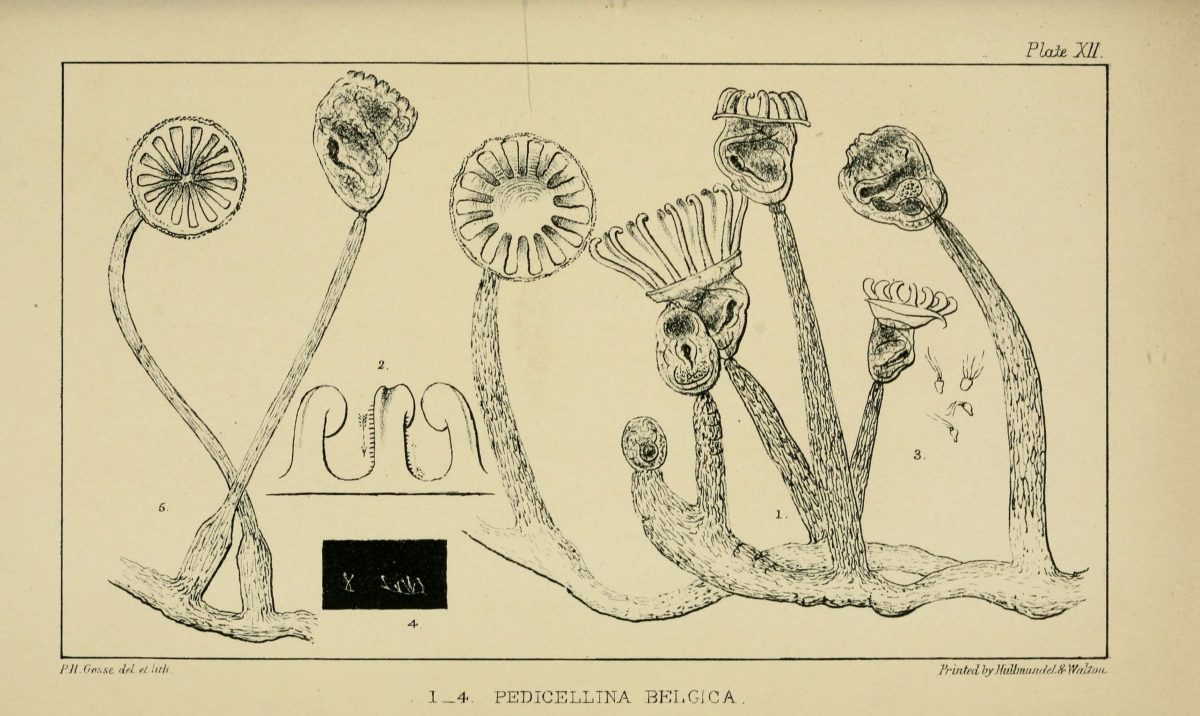
A naturalist’s rambles on the Devonshire coast
London :John Van Voorst,1853.
http://biodiversitylibrary.org/item/93094
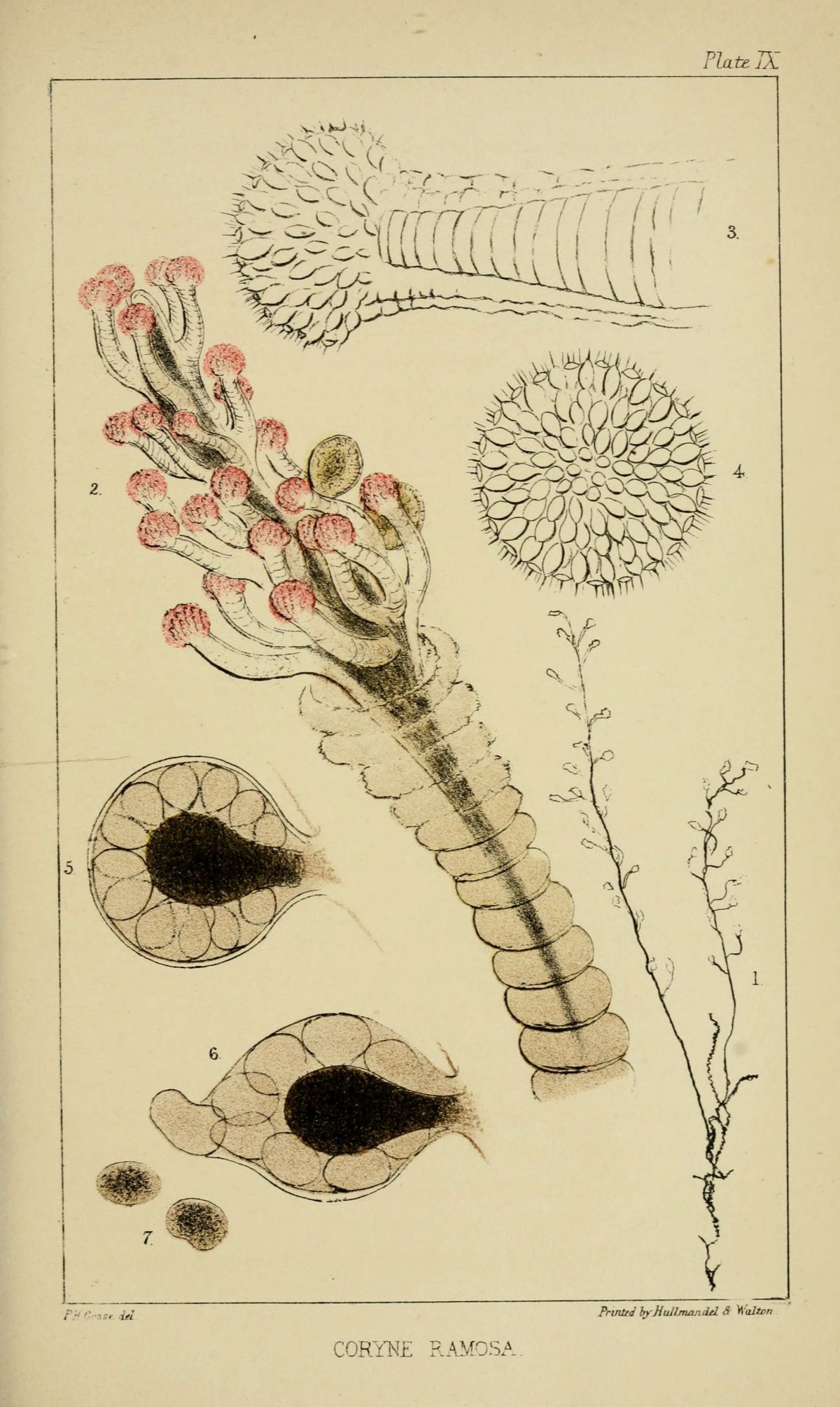
A naturalist’s rambles on the Devonshire coast
London :John Van Voorst,1853.
http://biodiversitylibrary.org/item/93094
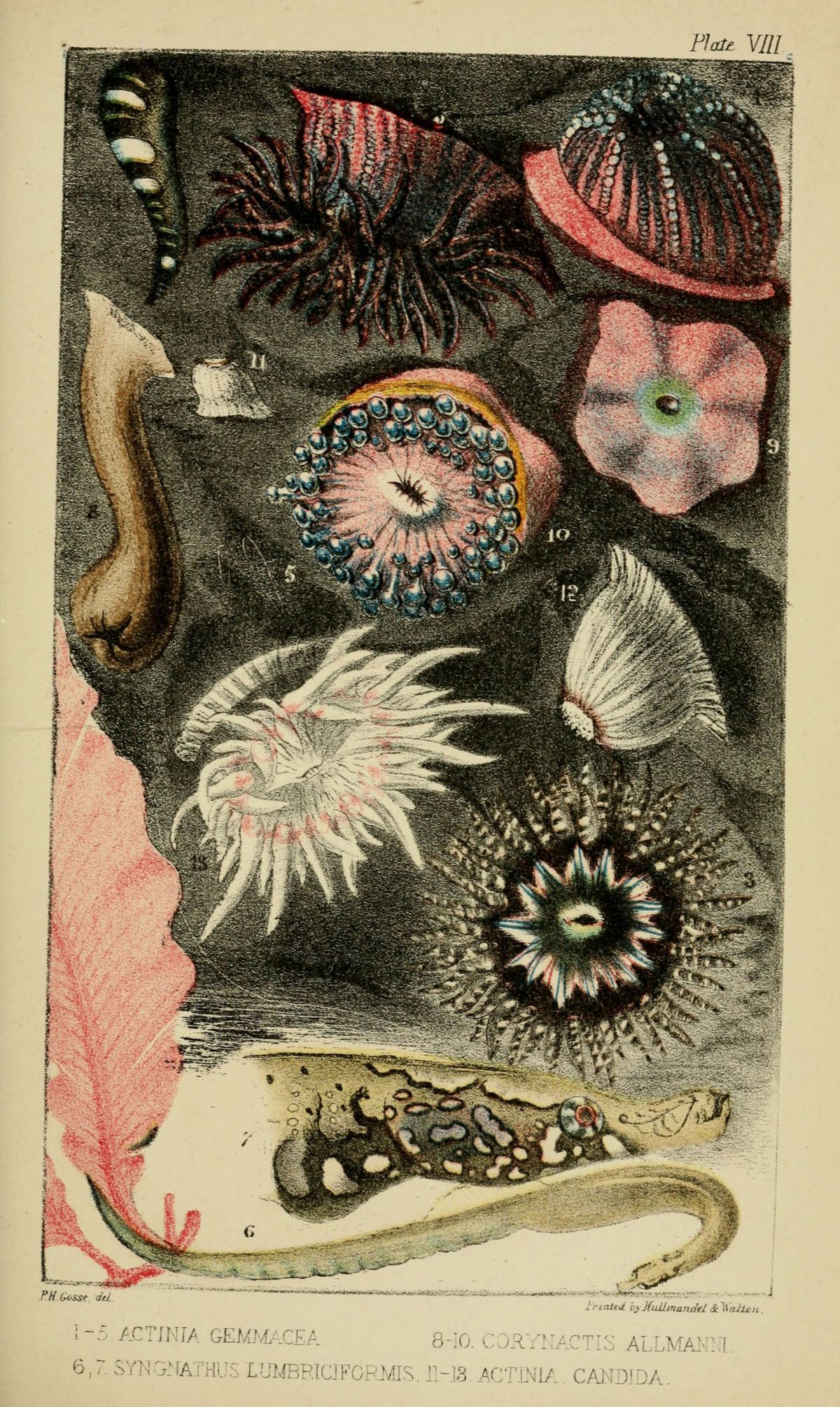
A naturalist’s rambles on the Devonshire coast
London :John Van Voorst,1853.
http://biodiversitylibrary.org/item/93094
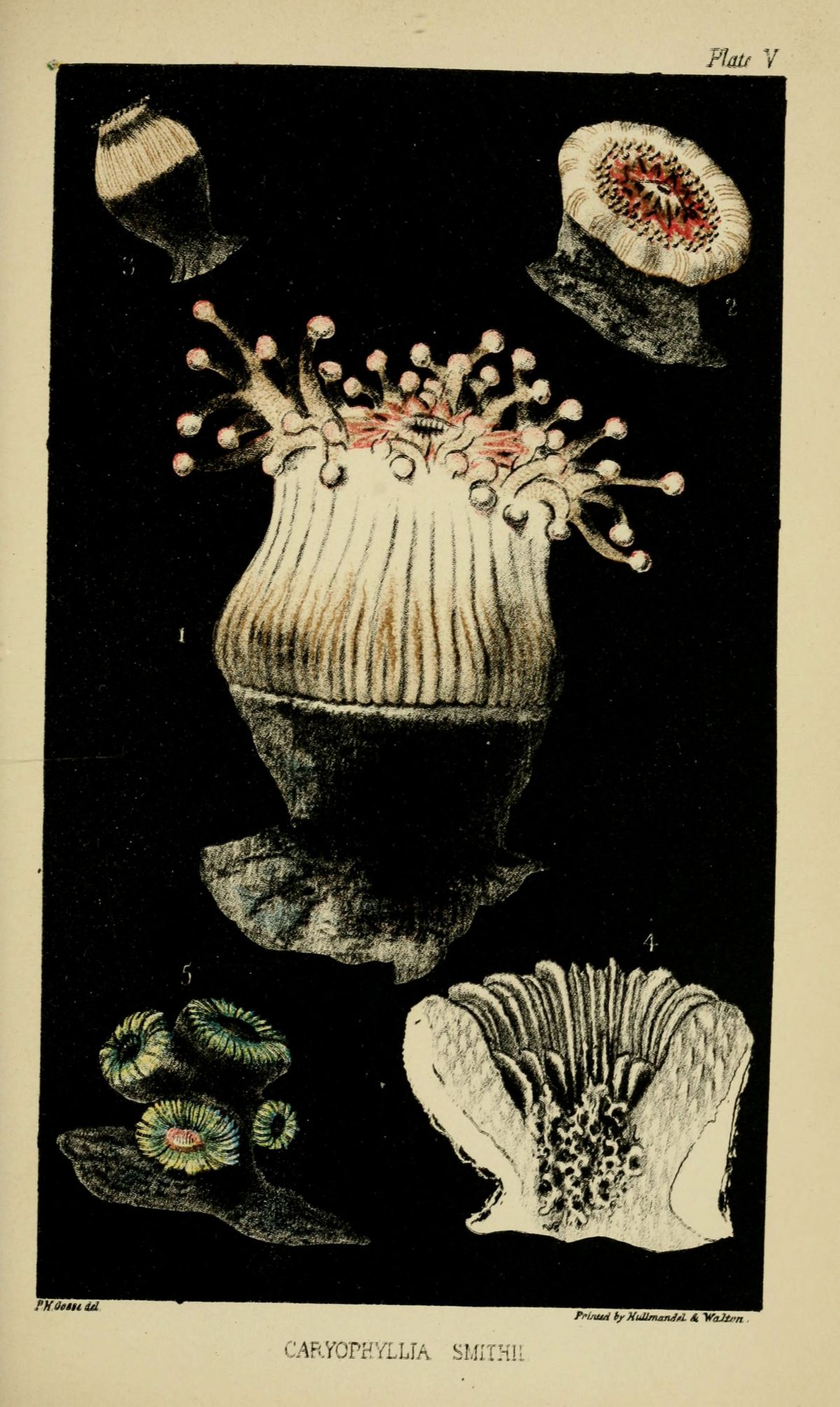
A naturalist’s rambles on the Devonshire coast
London :John Van Voorst,1853.
http://biodiversitylibrary.org/item/93094
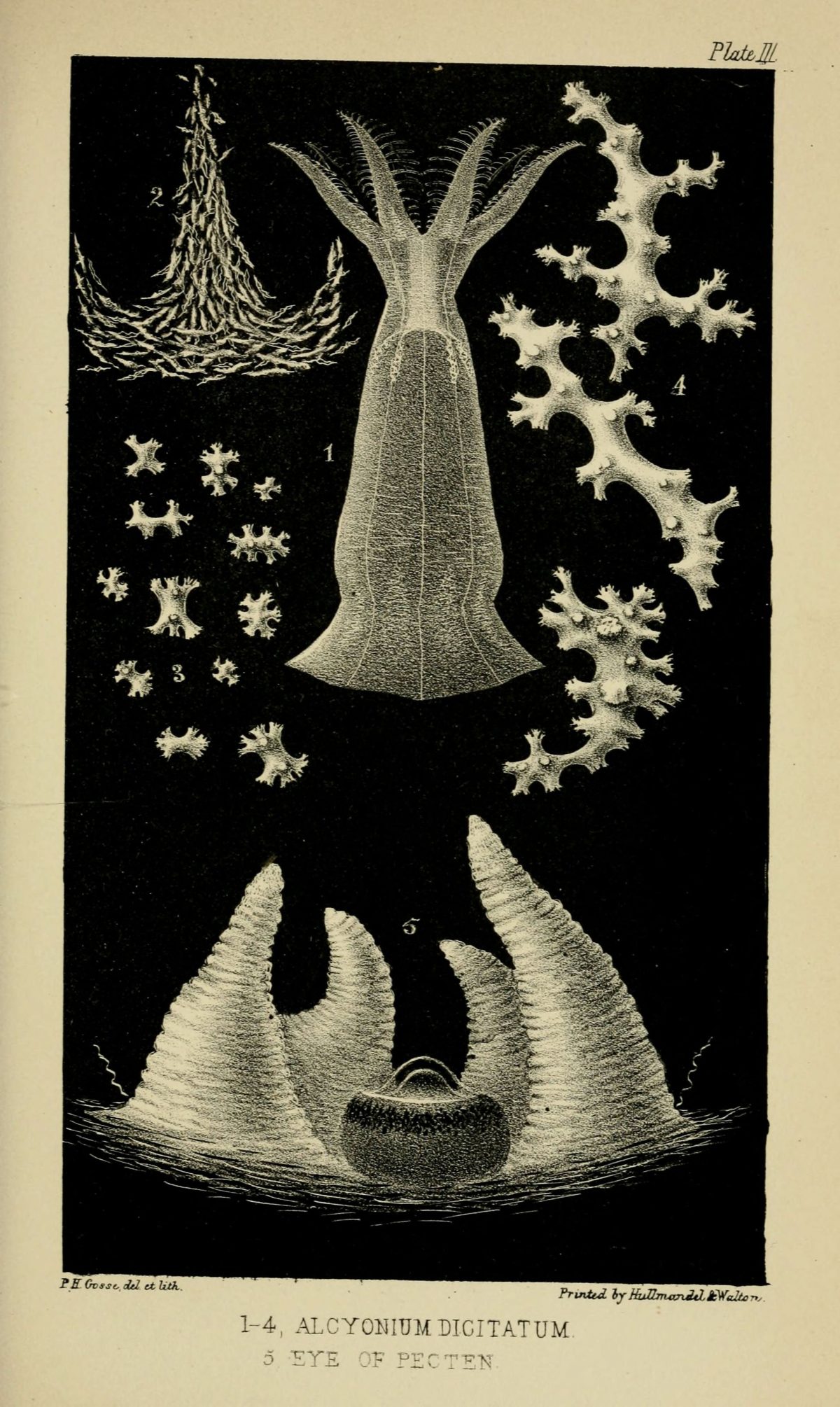
A naturalist’s rambles on the Devonshire coast
London :John Van Voorst,1853.
http://biodiversitylibrary.org/item/93094
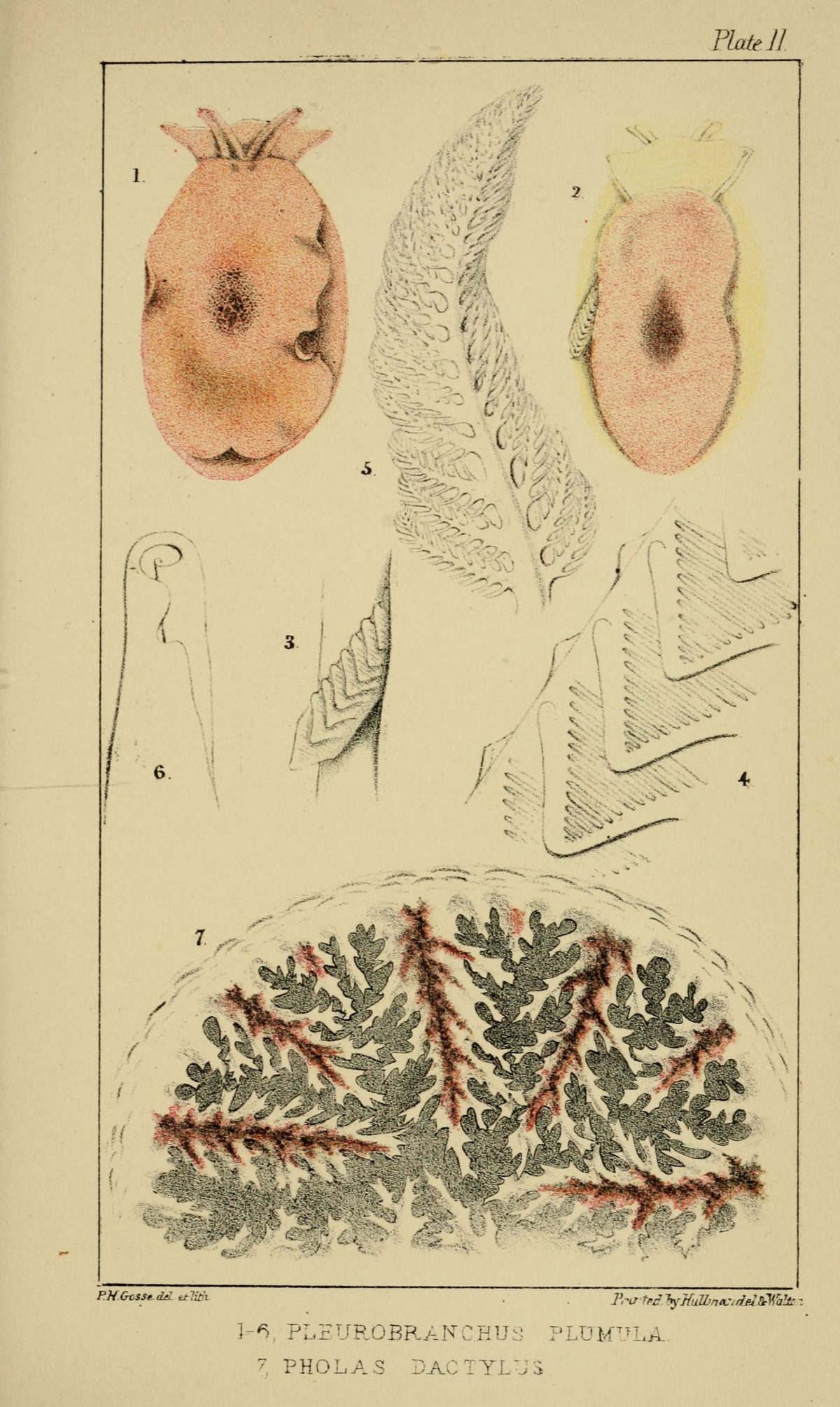
A naturalist’s rambles on the Devonshire coast
London :John Van Voorst,1853.
http://biodiversitylibrary.org/item/93094
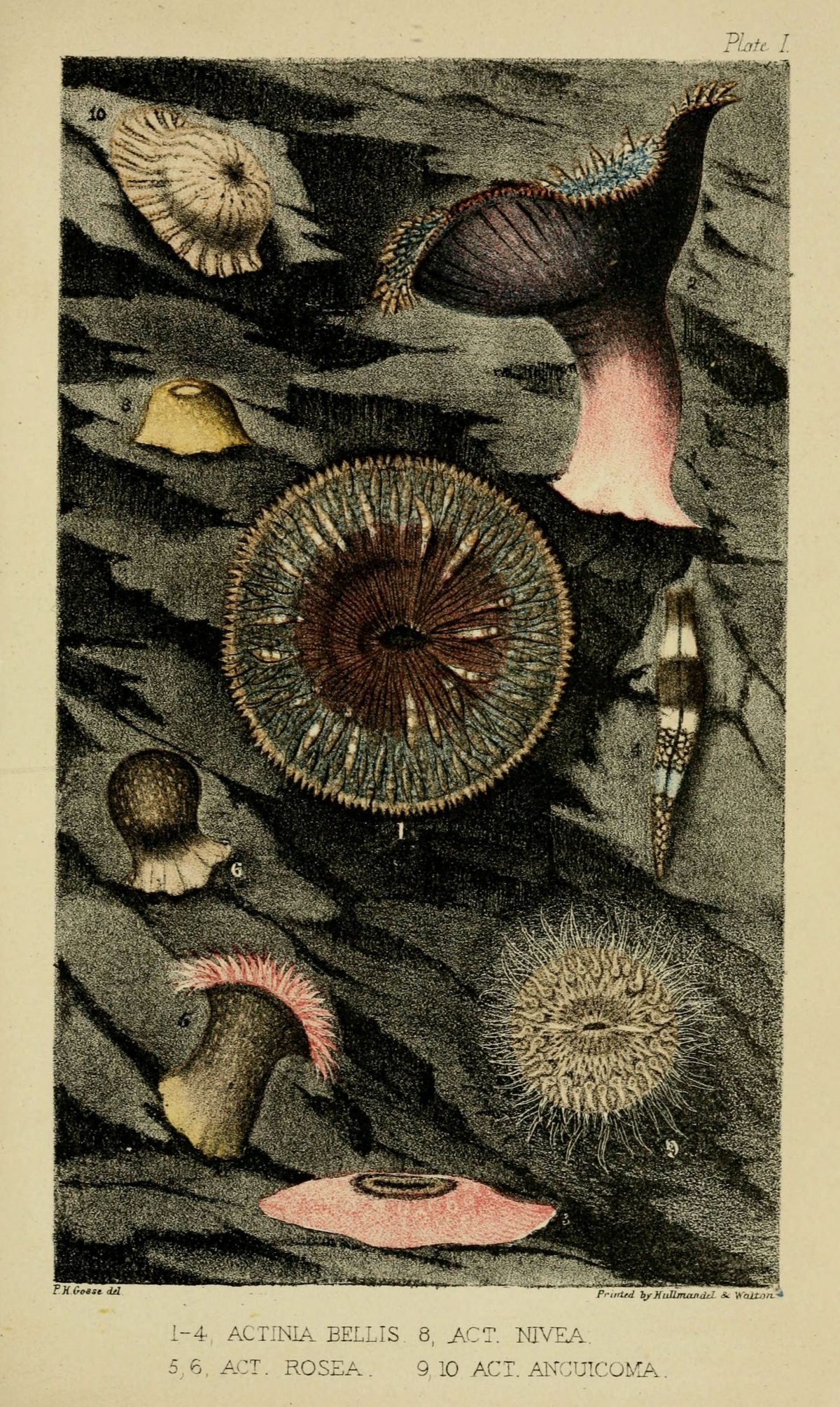
A naturalist’s rambles on the Devonshire coast
London :John Van Voorst,1853.
http://biodiversitylibrary.org/item/93094
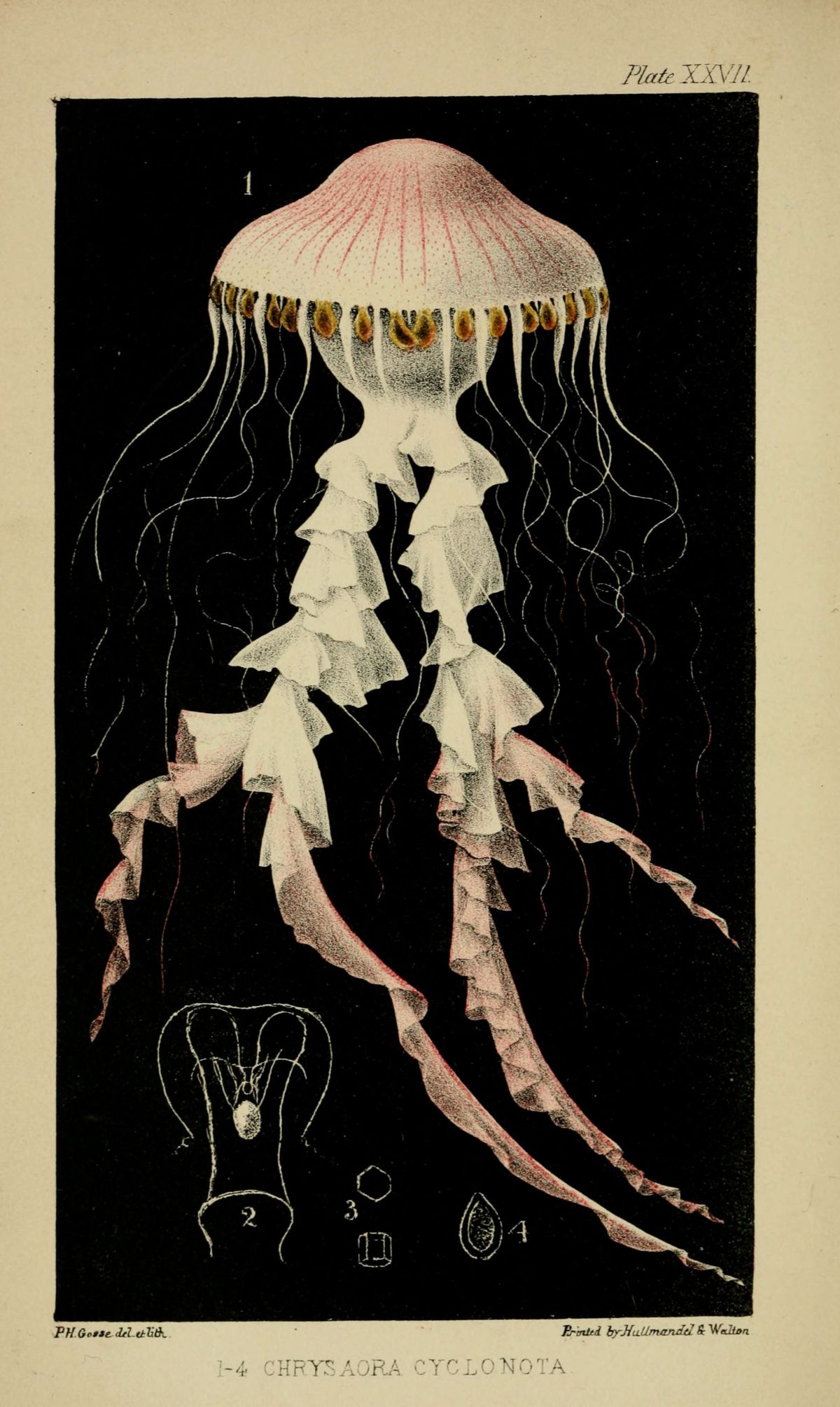
A naturalist’s rambles on the Devonshire coast
London :John Van Voorst,1853.
http://biodiversitylibrary.org/item/93094
Would you like to support Flashbak?
Please consider making a donation to our site. We don't want to rely on ads to bring you the best of visual culture. You can also support us by signing up to our Mailing List. And you can also follow us on Facebook, Instagram and Twitter. For great art and culture delivered to your door, visit our shop.

